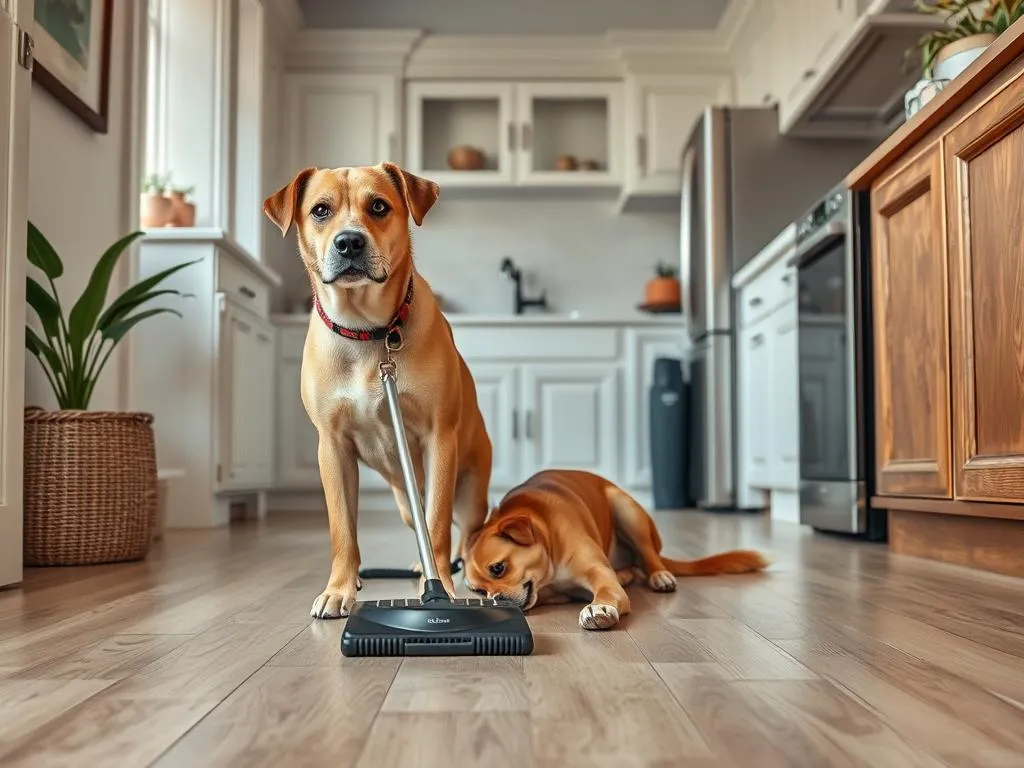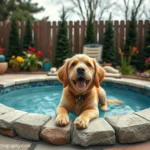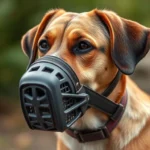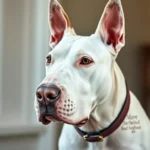
Introduction
Living with dogs can be one of the most rewarding experiences, but it also presents unique challenges, especially when it comes to maintaining clean floors. Keeping floors clean with dogs can feel like a never-ending battle against shedding fur, muddy paws, and the occasional accident. However, a clean environment is essential not just for aesthetics but also for the health of both your pets and family.
In this guide, we’ll delve into the common challenges of maintaining clean floors with dogs, explore preventive measures, outline daily cleaning routines, and share specialized cleaning techniques. Let’s get started!
Understanding the Challenges
Common Issues with Dogs and Floors
When it comes to keeping floors clean with dogs, several common issues can arise:
- Shedding Fur: Dogs shed their fur, which can quickly accumulate on floors, making them look dirty and unkempt.
- Dirt and Mud Tracking: A playful romp outside often results in mud being tracked indoors, particularly on rainy days.
- Accidents: Puppies and older dogs may have accidents, leading to stains and odors that can be challenging to remove.
- Scratches from Claws: Dogs’ claws can scratch and damage wooden or laminate floors, making them appear worn over time.
Different Floor Types and Their Vulnerabilities
Different flooring materials react differently to the wear and tear caused by dogs. Understanding these vulnerabilities can help you make informed choices about both cleaning and flooring materials.
- Hardwood: While beautiful, hardwood is susceptible to scratches and stains. Regular cleaning and protective measures are essential.
- Tile: Tile is durable but can be cold and hard. Grout lines can trap dirt, requiring frequent deep cleaning.
- Carpet: Carpets can harbor odors and stains from accidents, making them one of the most challenging floor types to maintain with dogs.
- Laminate: While resistant to scratches, laminate can be damaged by moisture, making it critical to avoid excess water during cleaning.
Preventive Measures
Grooming Your Dog
One of the most effective ways to minimize the chaos is through grooming. Regular grooming can significantly reduce the amount of fur that ends up on your floors.
- Regular Brushing: Brushing your dog frequently helps to remove loose fur and minimize shedding. Depending on your dog’s breed, a few times a week may be sufficient.
- Bathing Schedule: Establish a bathing schedule to keep dirt and oils at bay. Use a gentle dog shampoo to avoid skin irritation.
Creating a Dog-Friendly Space
Designating specific areas for your dog can greatly reduce mess:
- Dog Area: Create a comfortable area for your dog with their bed and toys. This helps contain shedding and messes.
- Rugs or Mats: Place rugs or mats in high-traffic areas to absorb dirt and protect your floors. Washable rugs are a great option for easy cleaning.
Training Your Dog
Training is a crucial aspect of maintaining a clean home:
- Teaching Commands: Simple commands like “wipe your paws” or “go to your mat” can help keep messes contained. Consider keeping a towel handy by the door for quick cleaning.
- Potty Training: Consistent potty training techniques can prevent accidents in the house. Positive reinforcement is key to success here.
Daily Cleaning Routine
Quick Clean-Up Strategies
Incorporating a daily cleaning routine can help you stay on top of messes:
- Vacuum with Pet Hair Attachment: Invest in a quality vacuum cleaner with a pet hair attachment. This will make it easier to pick up fur and dirt quickly.
- Sweeping and Mopping: Use a broom and dustpan for quick clean-ups. For deeper cleaning, a mop designed for your floor type is essential.
Scheduled Deep Cleaning
While daily tasks keep things manageable, scheduled deep cleaning is necessary:
- Frequency Recommendations: Depending on your dog’s activity level, aim for a deep clean at least once a week. High-traffic areas may require more frequent attention.
- Best Cleaning Products: Choose non-toxic cleaning products specifically designed for pet owners. Look for enzymatic cleaners to tackle stubborn odors and stains effectively.
Maintaining a Clean Entryway
Your entryway is the first line of defense against messes:
- Entrance Mats: Use durable entrance mats to trap dirt and moisture before it enters your home.
- Dog-Wiping Station: Set up a station with towels and pet wipes near the door to quickly clean your dog’s paws after outdoor play.
Specialized Cleaning Techniques
Tools and Equipment
Having the right tools can make all the difference:
- Best Vacuum Cleaners: Invest in a vacuum cleaner specifically designed for pet hair. Models with HEPA filters can help reduce allergens in your home.
- Steam Mops: Steam mops are effective for sanitizing hard floors without the use of harsh chemicals, making them a great option for pet owners.
Homemade Cleaning Solutions
For those who prefer natural cleaning methods, consider these DIY recipes:
- Safe and Effective Recipes: Mix equal parts water and white vinegar in a spray bottle for a natural cleaner that can tackle stains and odors.
- Benefits of Natural Products: Homemade solutions are often safer for pets and the environment, reducing the risk of harmful chemical exposure.
Spot Cleaning and Odor Removal
Accidents happen, but prompt action can minimize damage:
- Techniques for Cleaning Accidents: Blot the area with paper towels before applying a cleaner. Avoid rubbing, as this can spread the stain.
- Best Products for Eliminating Odors: Look for enzymatic cleaners that break down the source of odors rather than just masking them.
Long-Term Floor Care
Protecting Floors from Damage
To extend the life of your floors, consider these protective measures:
- Floor Protectors and Pads: Use felt pads under furniture legs to prevent scratches. This is especially important for hardwood and laminate floors.
- Sealing and Finishing: Regularly apply sealants to hardwood floors to protect against moisture and stains.
Choosing Pet-Friendly Flooring Options
If you’re considering new flooring, explore pet-friendly options:
- Stain-Resistant Materials: Look for flooring like vinyl or tile that resists stains and scratches. These materials often require less maintenance than others.
- Durable Carpeting: If you prefer carpet, choose synthetic fibers that are easier to clean and resistant to staining.
Regular Maintenance Checks
Keeping an eye on your flooring can prevent larger issues down the road:
- Inspect for Wear and Tear: Regularly check for scratches, loose tiles, or frayed carpet. Addressing minor issues early can prevent costly repairs.
- When to Replace or Repair: If your flooring shows significant wear or damage, consider repair or replacement options to ensure safety and appearance.
Conclusion
Maintaining clean floors with dogs may seem like a daunting task, but by implementing a combination of grooming, training, and effective cleaning strategies, you can create a harmonious environment for both your pets and family. Regular maintenance and smart choices in flooring can also make a significant difference in the long run.
By following the tips and techniques discussed in this article, you can enjoy the companionship of your furry friends without sacrificing the cleanliness of your home. Embrace the joy of pet ownership while keeping your floors looking their best!









